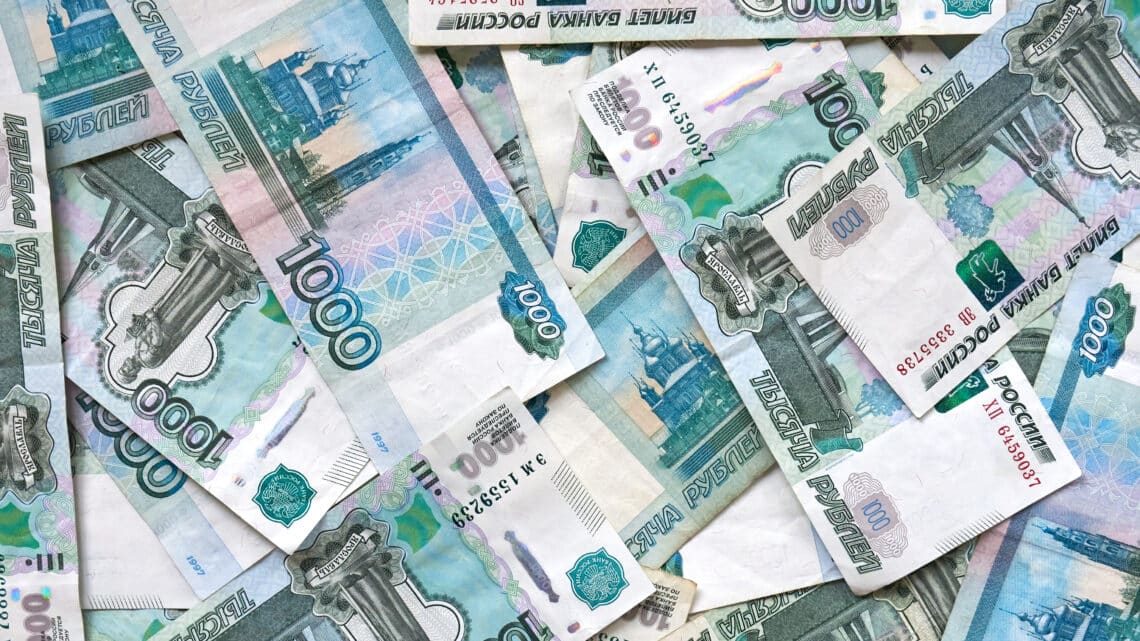
Why the euro is falling against the dollar - March 8, 2022
Why is the euro losing value against the dollar?
These days, we often hear about the volatility of exchange rates between the euro and the dollar. But why is the euro losing value against the dollar?
One of the main reasons for this situation is the difference between the monetary policies of the Eurozone and the USA. Indeed, the European Central Bank (ECB) adopts a more accommodating monetary policy than the US Federal Reserve (Fed). This means that the ECB maintains lower interest rates and conducts quantitative easing programs, while the Fed is beginning to normalize its monetary policy by gradually raising interest rates.
This divergence in monetary policy has several consequences for exchange rates between the euro and the dollar. Firstly, lower interest rates in Europe encourage investors to seek higher yields elsewhere, notably in the United States. This leads to increased demand for dollars, which in turn pushes up the value of the dollar against the euro.
In addition, the ECB's quantitative easing policy involves buying up assets, such as government bonds, on the market. This injection of liquidity into the eurozone economy has the effect of diluting the value of the euro, which also contributes to its depreciation against the dollar.
In addition, the economic outlook between the Eurozone and the USA can also play an important role in exchange rate fluctuations. If the US economy is perceived to be stronger and healthier than that of the Eurozone, investors will tend to favor the dollar, driving down the value of the euro.
Finally, geopolitical and geo-economic factors can also affect exchange rates between the euro and the dollar. Trade tensions, political conflicts or economic crises in either region can influence investor confidence and have an impact on exchange rates.
It is important to note that exchange rate fluctuations between the euro and the dollar do not occur in a linear fashion. Financial markets are constantly evolving, and the factors mentioned above can interact in different ways to influence exchange rates.
In conclusion, the euro is losing value against the dollar due to the divergence of monetary policies between the eurozone and the United States, increased investor demand for dollars, the ECB's quantitative easing policy, the differentiated economic outlook and geopolitical and geo-economic factors. However, it is important to bear in mind that exchange rates are subject to a multitude of variables and can fluctuate unpredictably.
